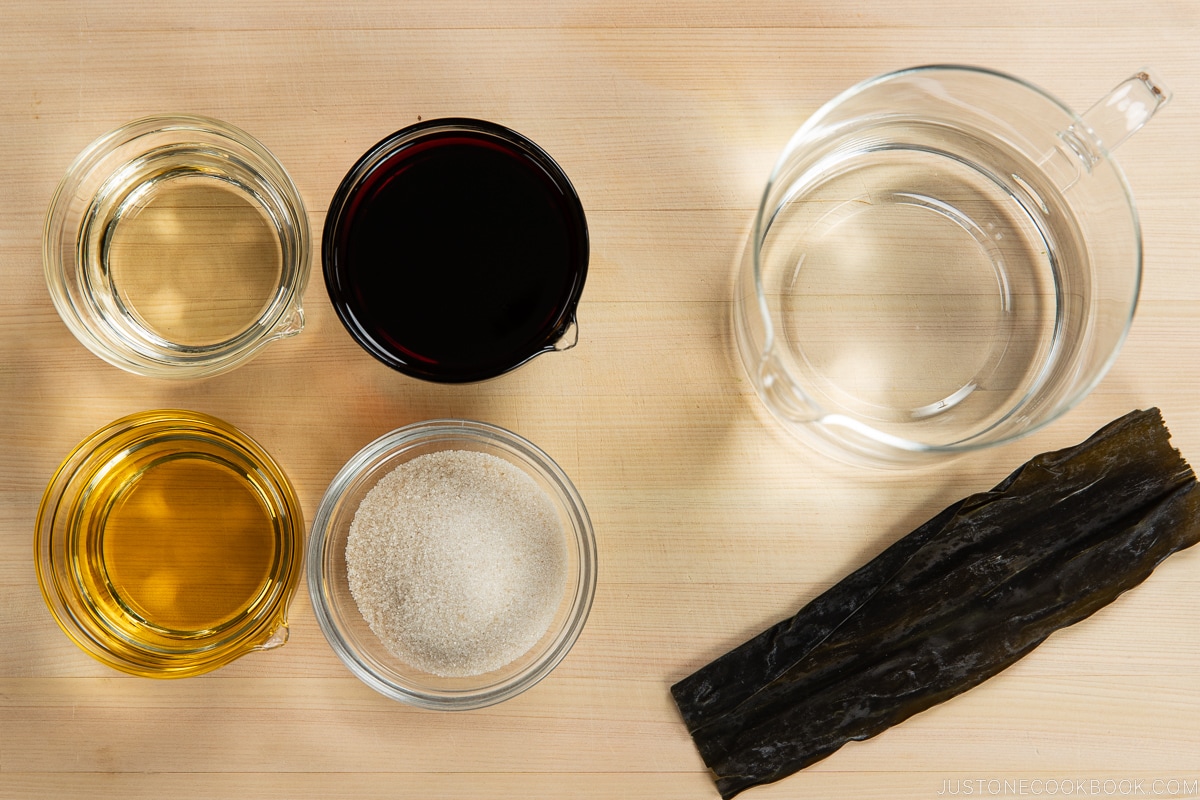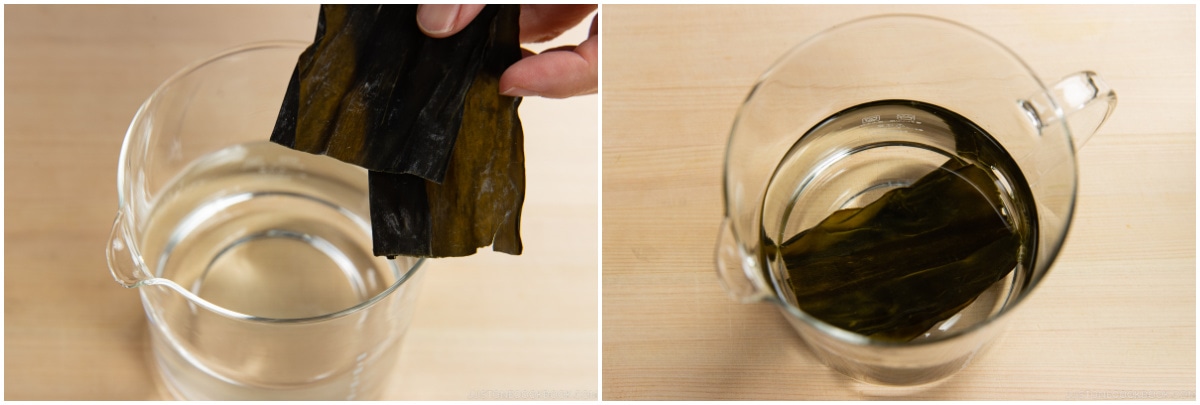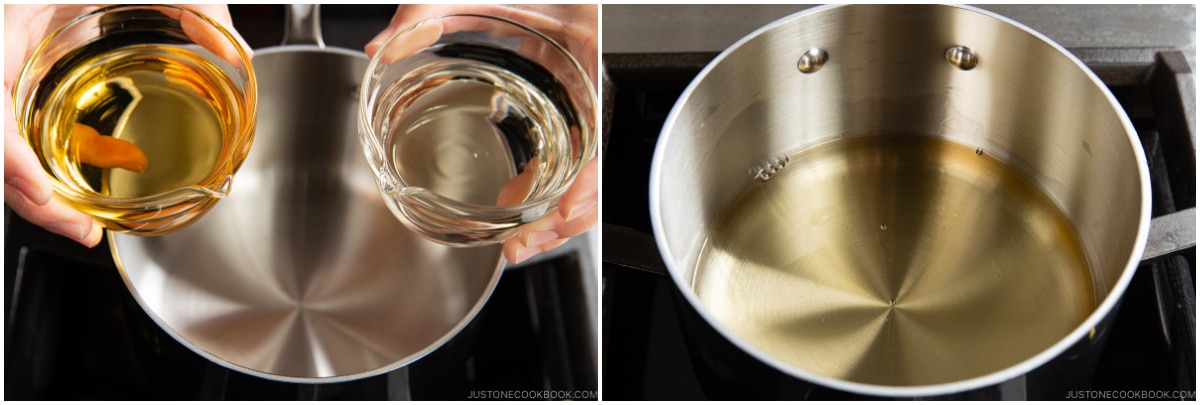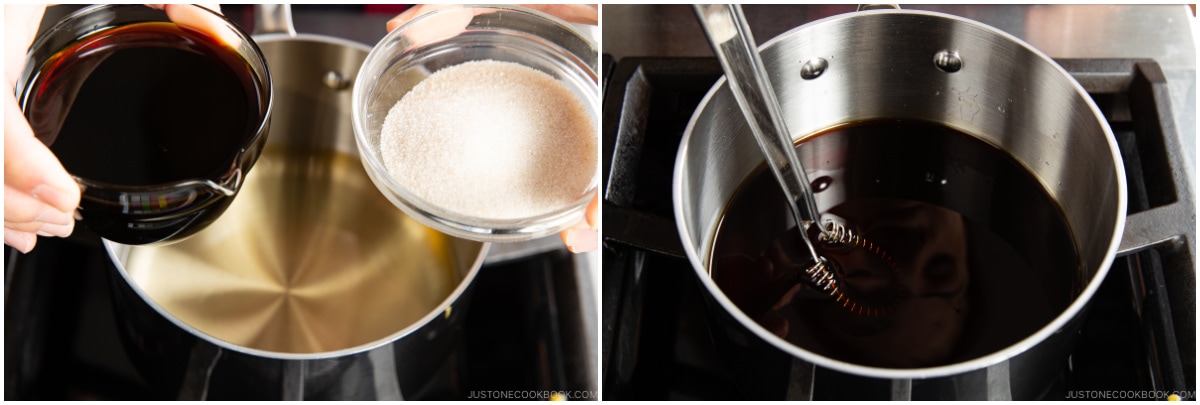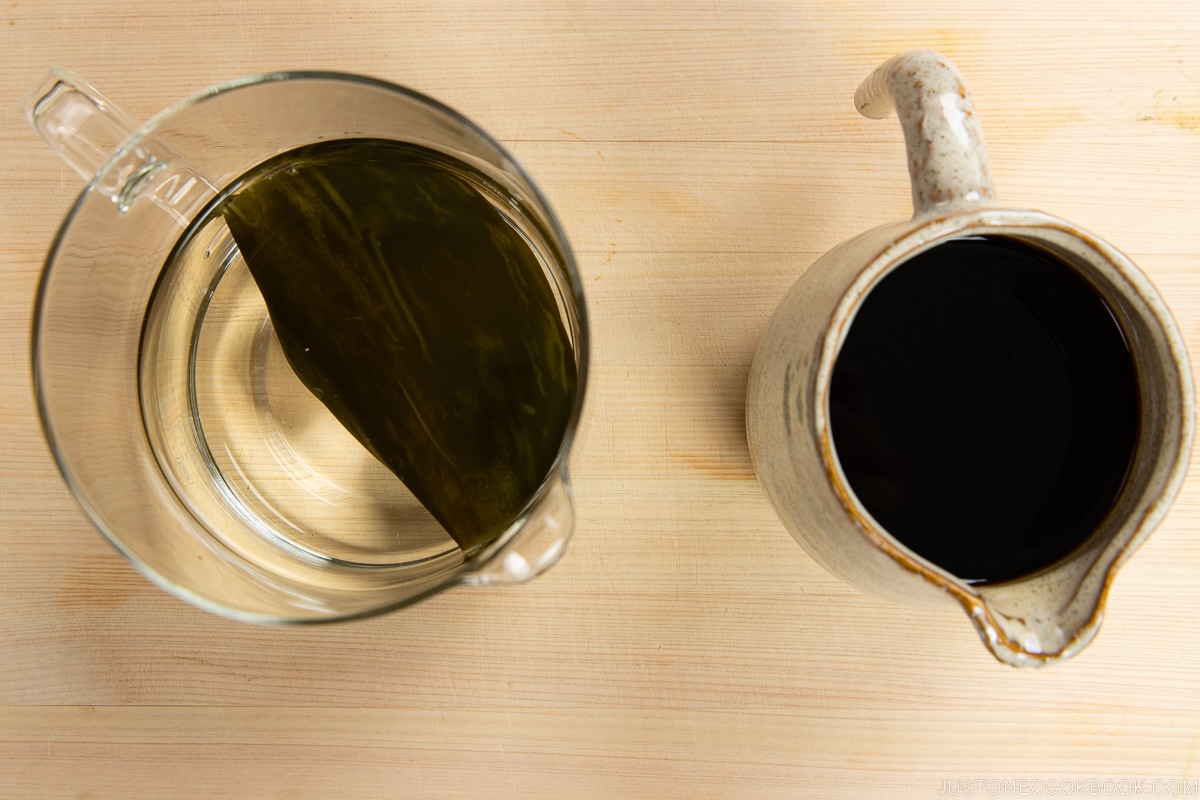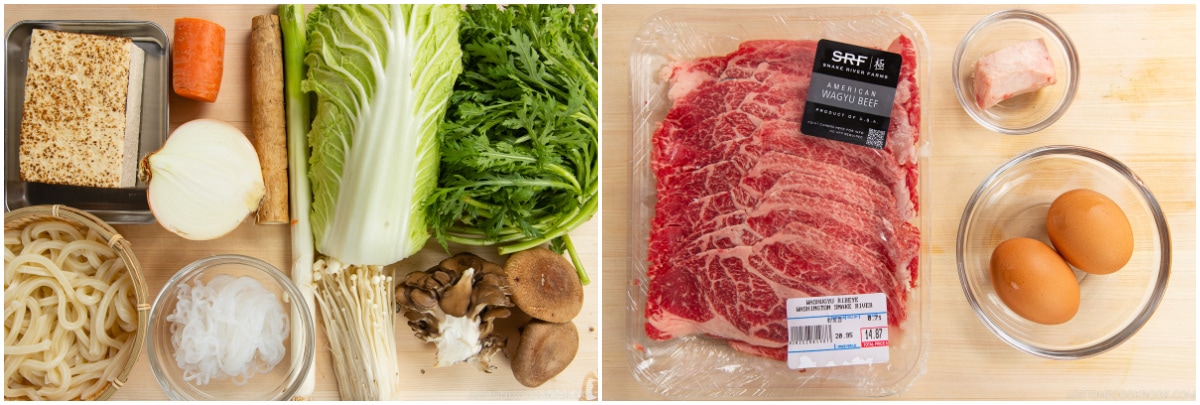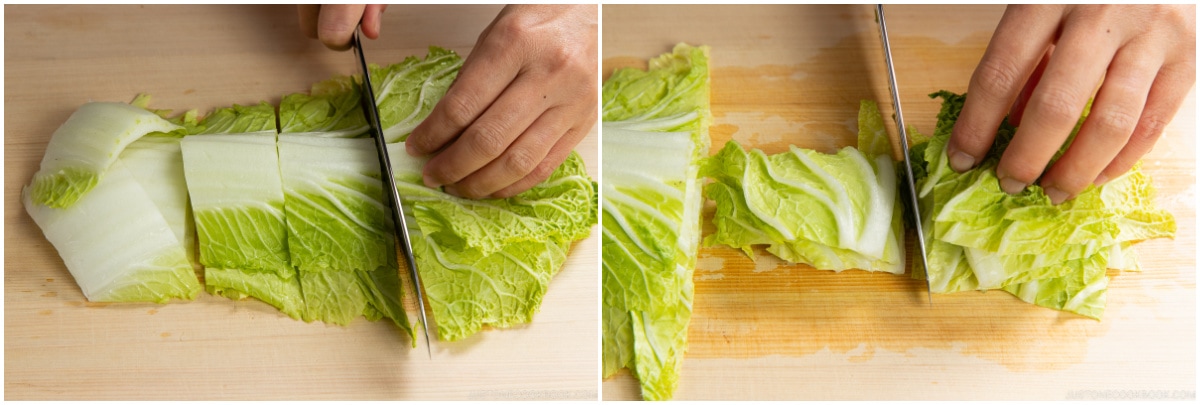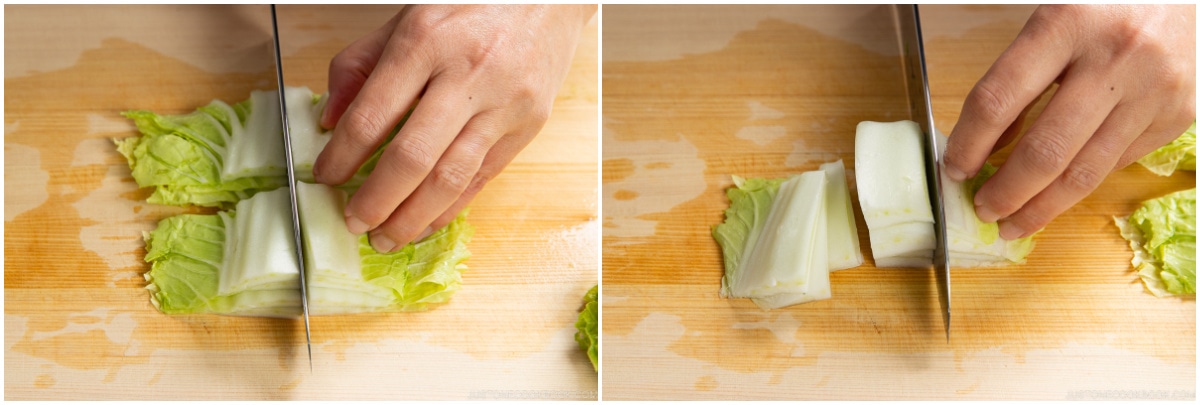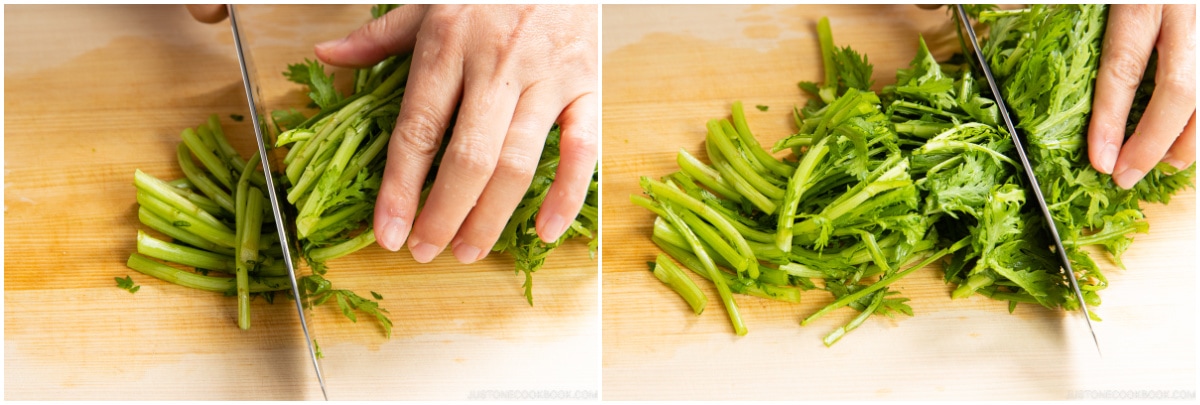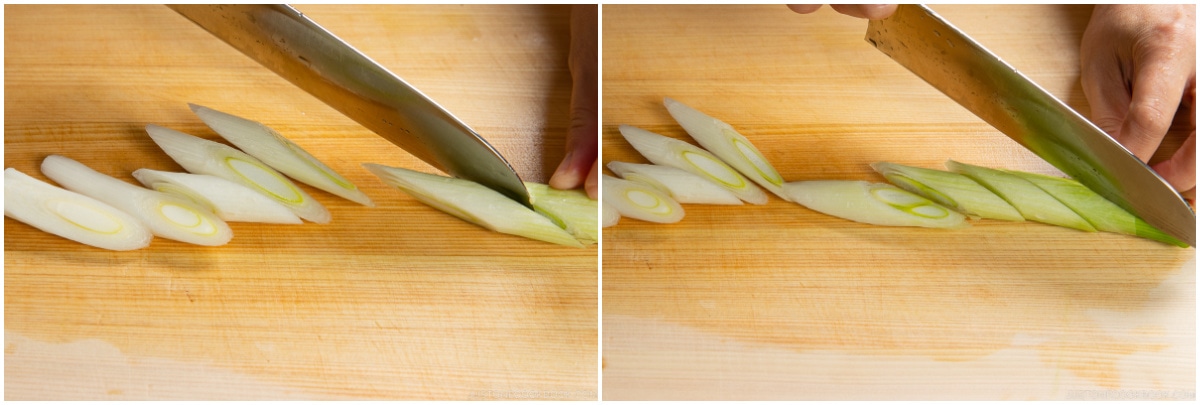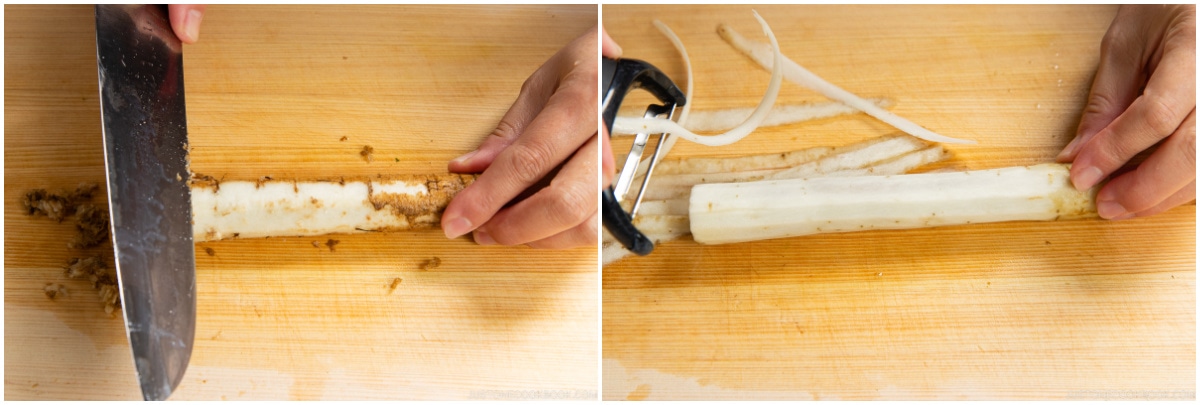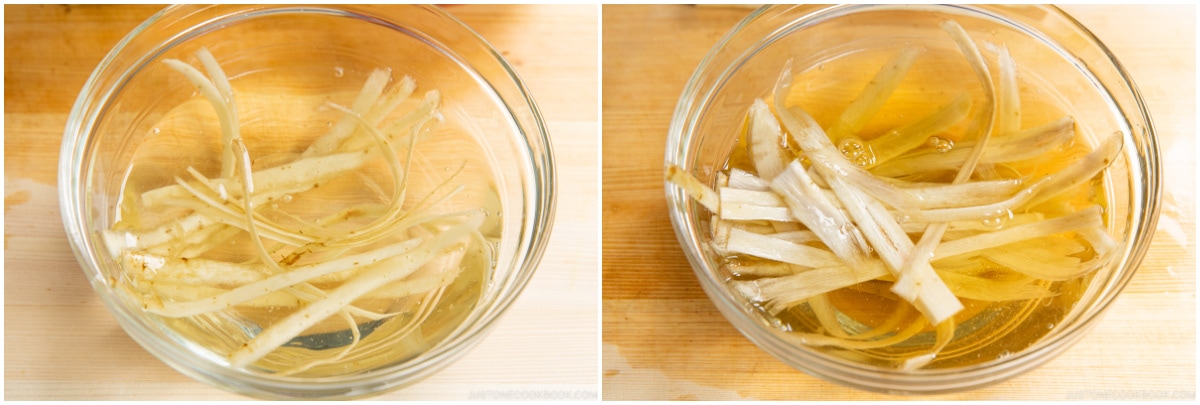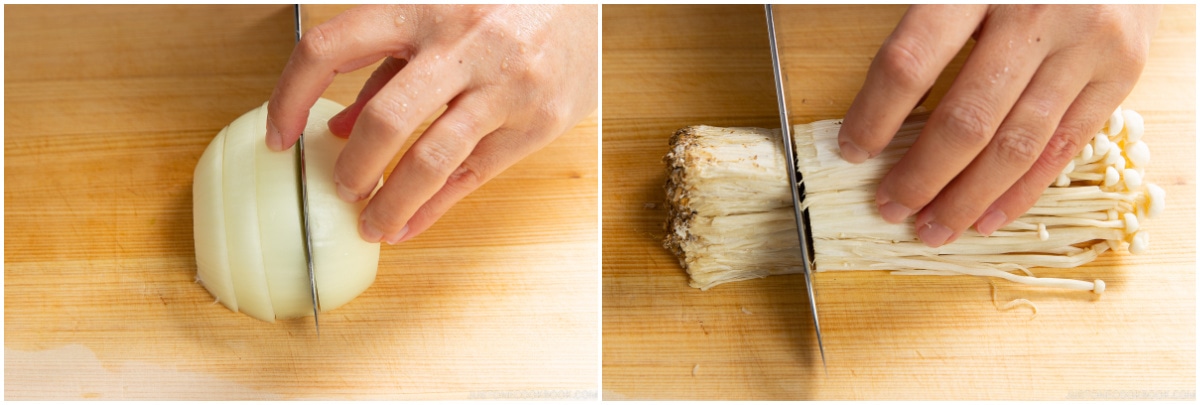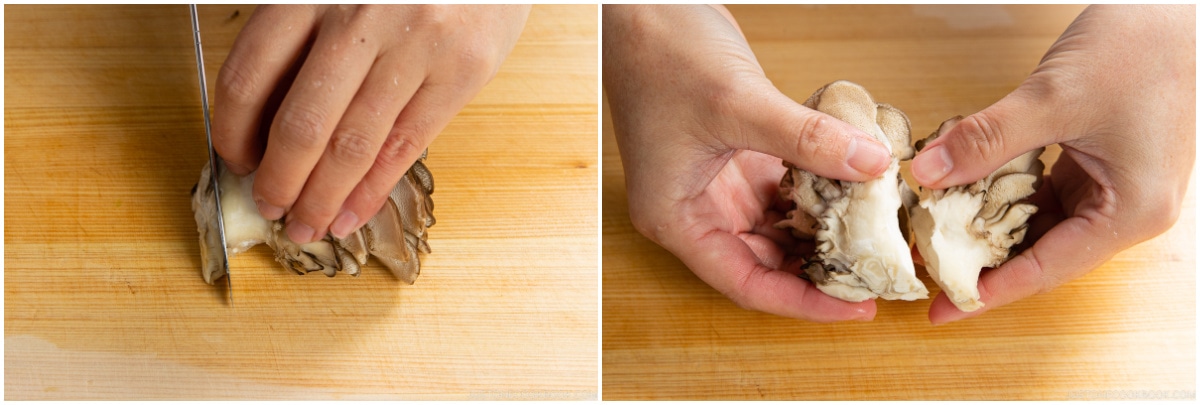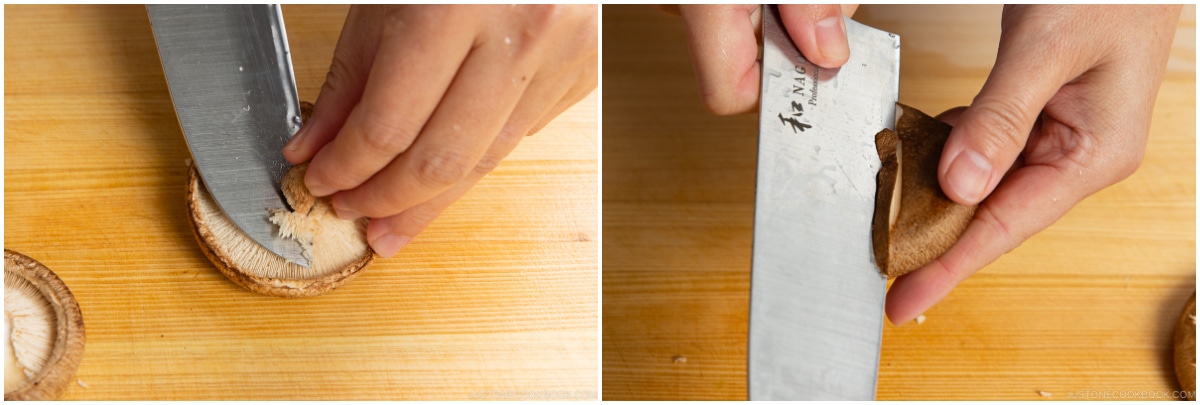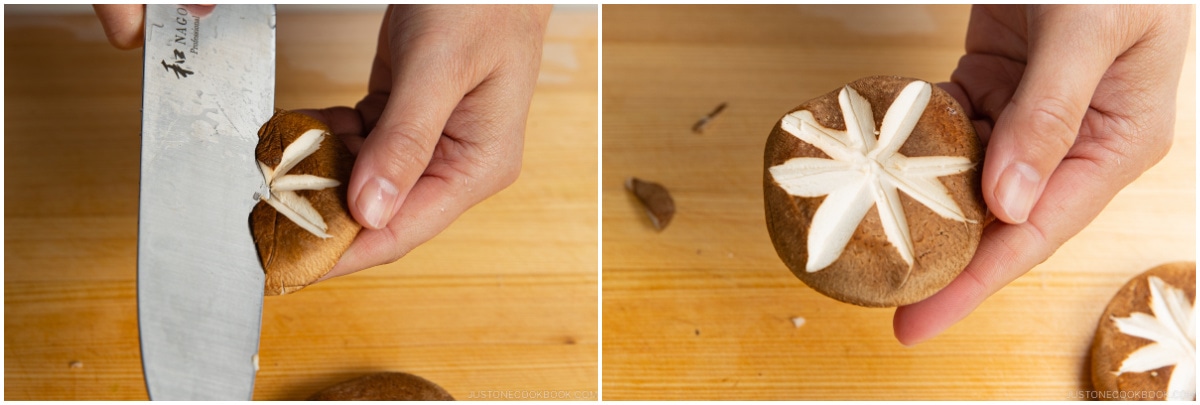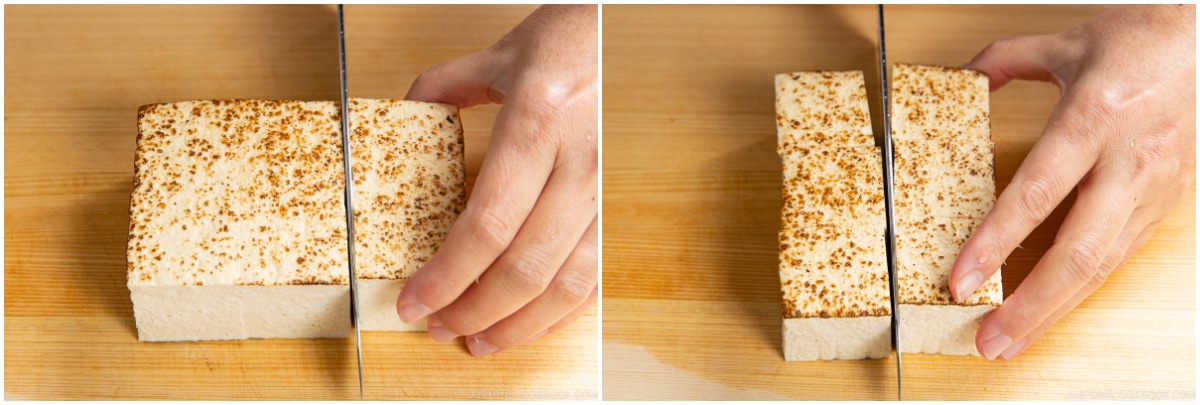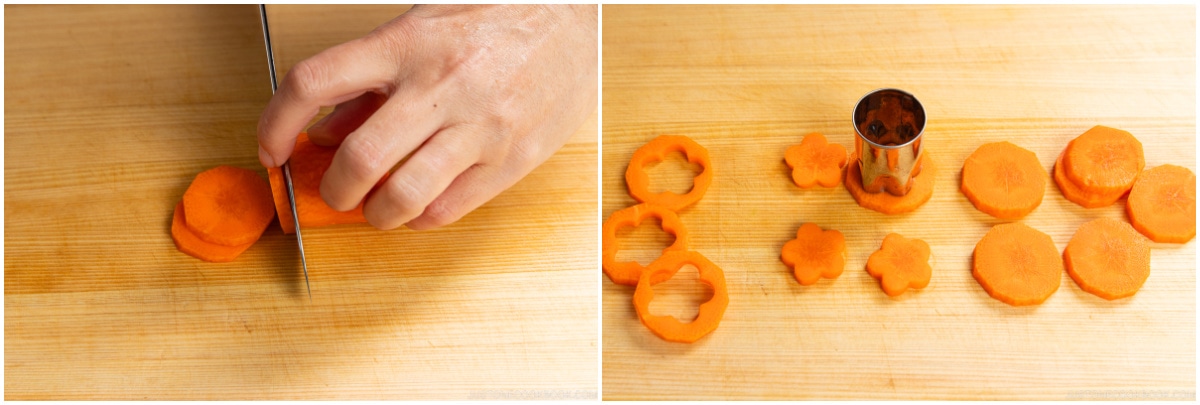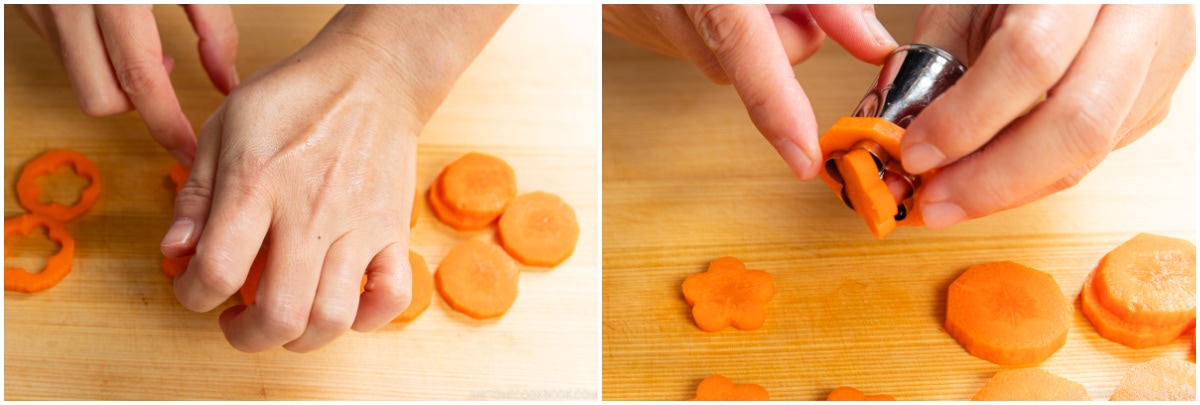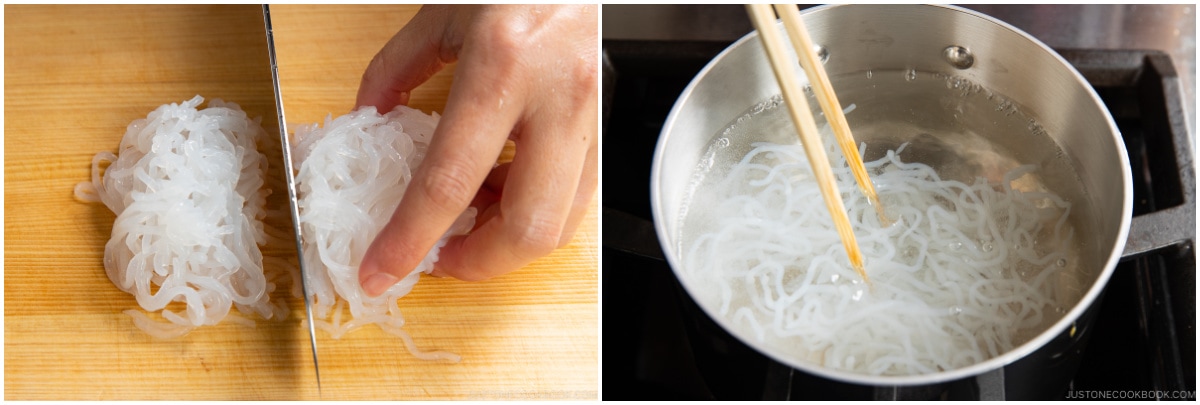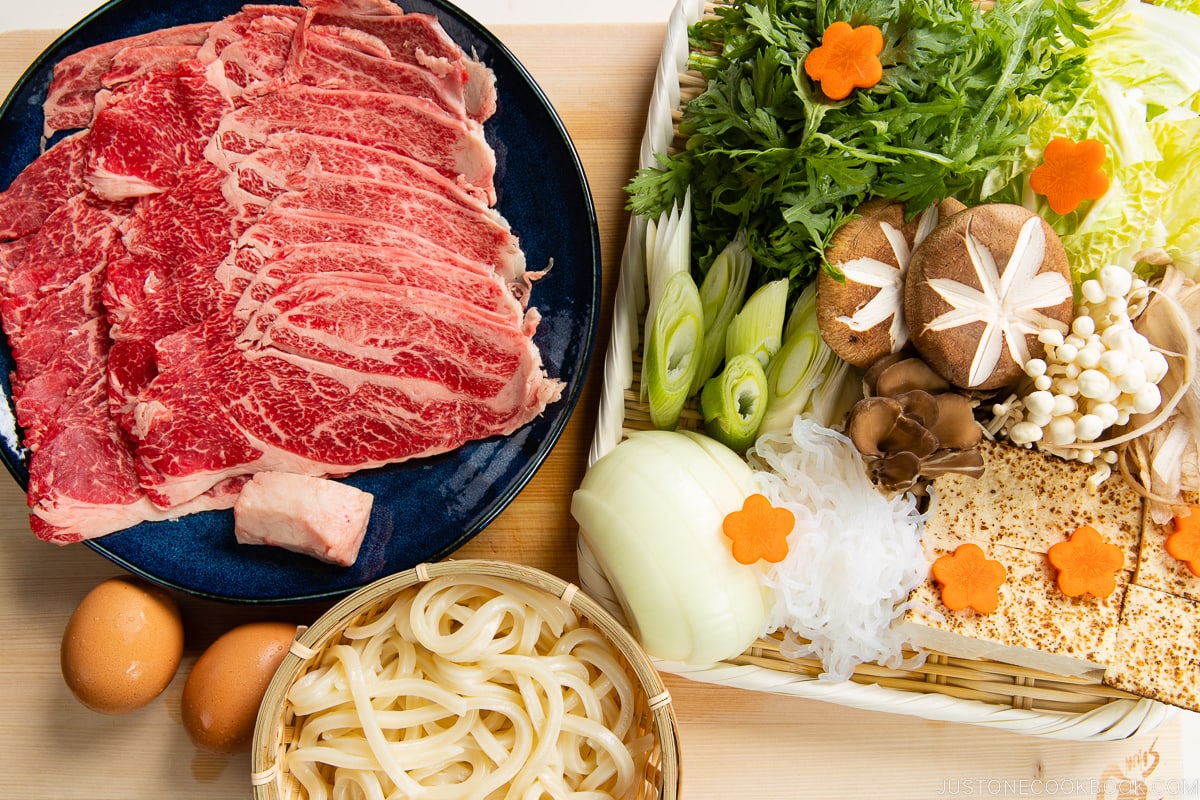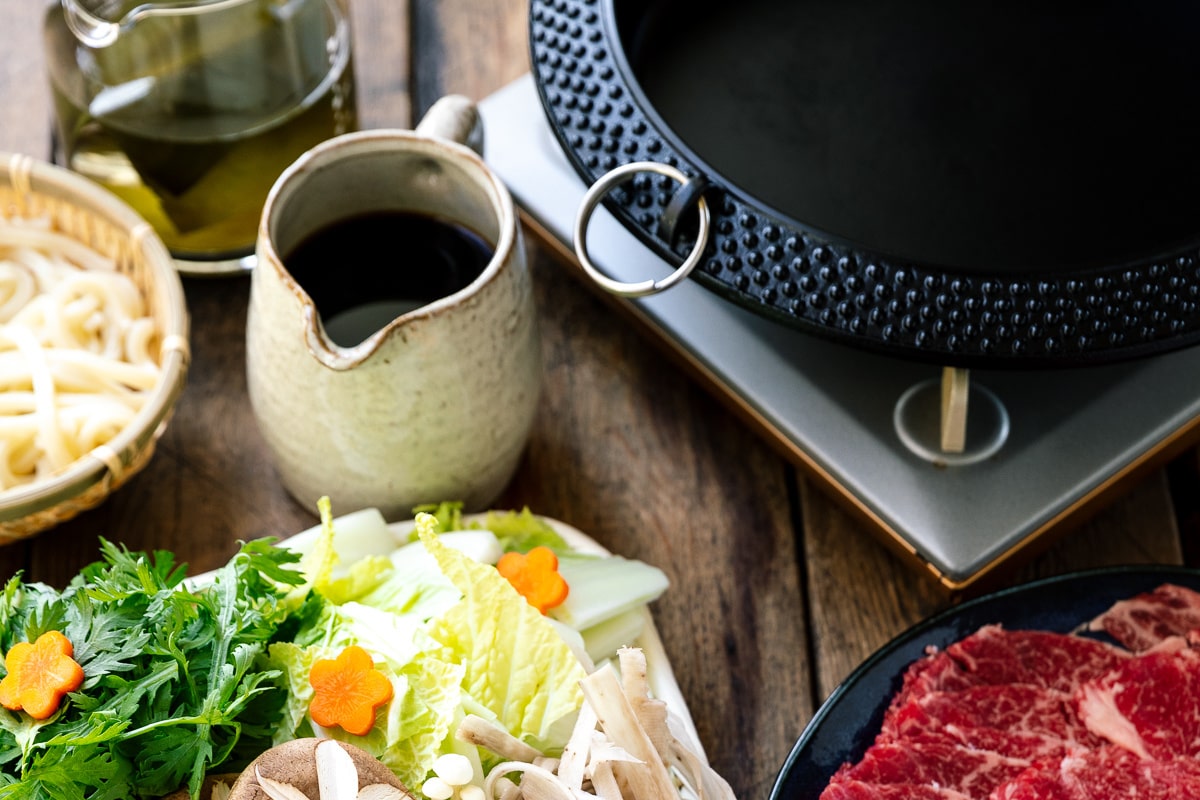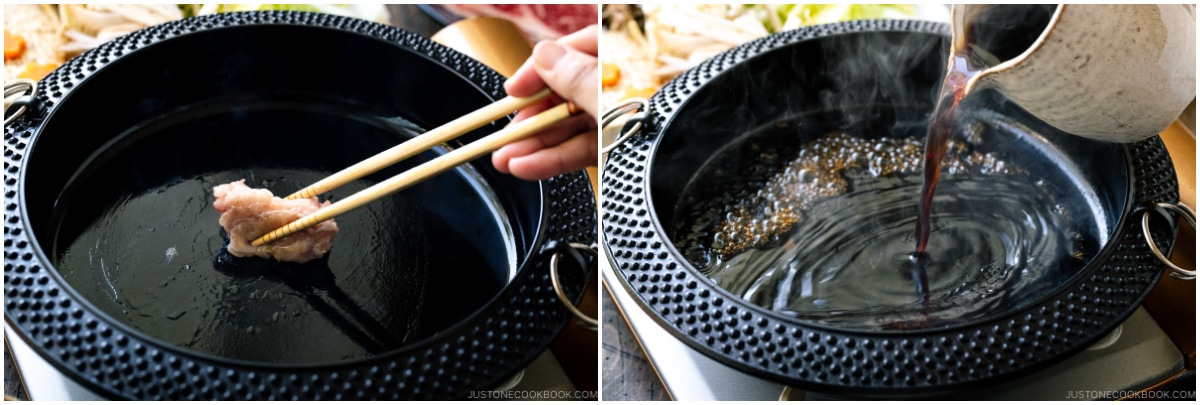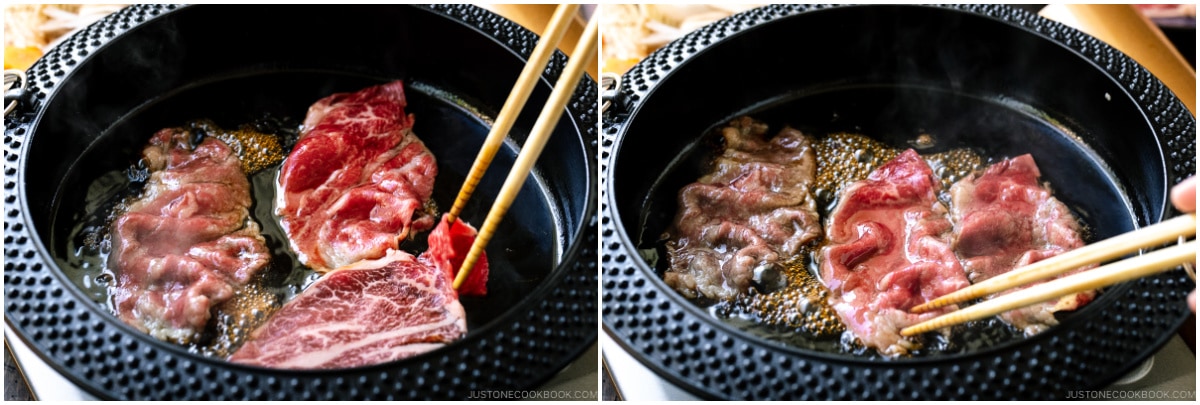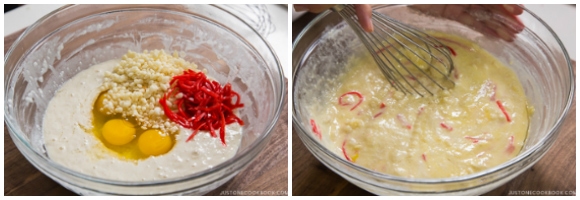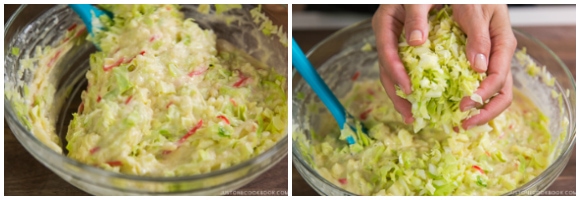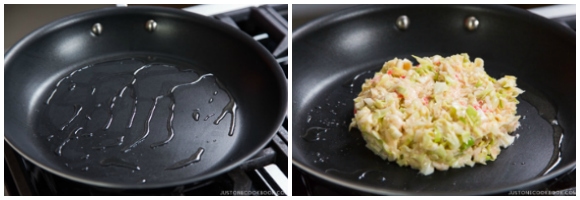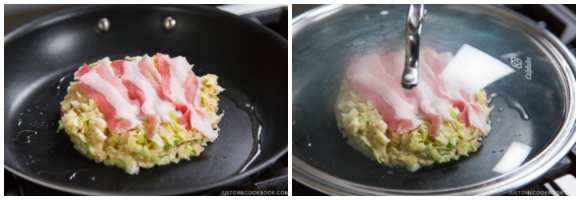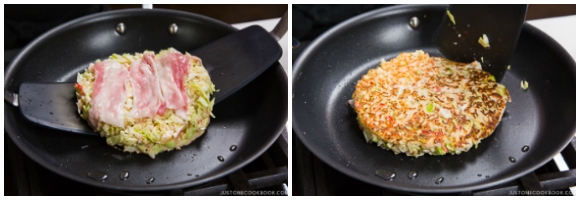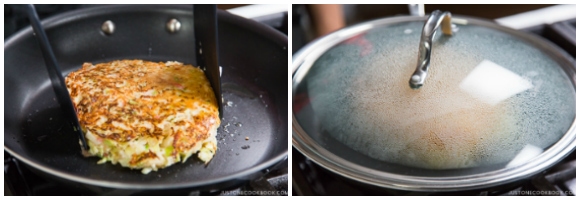
The Radish and Chinese Cabbage Soup is a light yet flavorful dish that showcases the natural essence of the vegetables used in its preparation. It’s a simple, nourishing, and comforting soup commonly enjoyed in Chinese cuisine, particularly during colder seasons like winter.
This soup boasts a delicate balance of flavors and textures. The combination of white radish, carrots, Chinese cabbage, and aromatics like onion, garlic, and ginger results in a harmonious blend of sweet, earthy, and slightly peppery notes.
Ingredients:
- 1 white radish, peeled and cubed
- Half a head of Chinese cabbage, chopped
- 2 carrots, peeled and chopped
- 1 onion, sliced
- 2 cloves of garlic, minced
- 8 cups of water or broth
- 2 slices of ginger
- 1 tablespoon cooking oil
- Salt and pepper to taste
- Chopped green onions or cilantro for garnish
Instructions:
- Heat a pot and add cooking oil. Add the sliced onion and minced garlic, sauté until fragrant.
- Add the cubed white radish, carrots, and Chinese cabbage, stir-frying for a few minutes until the vegetables mix well with the onion and garlic.
- Pour in the water or broth, and add the ginger slices. Bring it to a boil, then reduce the heat to simmer with the lid on for about 30-40 minutes until the vegetables are cooked and softened.
- Adjust the taste by adding salt and pepper as desired.
- Once done, ladle the soup into bowls and garnish with chopped green onions or cilantro.
This Radish and Chinese Cabbage Soup is not only delicious but also packed with nutrients, making it a comforting and wholesome choice, particularly during chilly weather. The clear broth combined with the natural flavors of the vegetables makes it delicious and perfect for warming up during the winter. Its lightness, combined with the depth of flavors from the vegetables, creates a soothing and satisfying meal that warms both the body and the soul.














